Role of Medical Instruments in Minimally Invasive Surgery
A Leap Forward in the Science of Surgery
Following the blooming advancement in the field of medicine, Minimally Invasive Surgery (MIS) is a recent stride in surgical operative techniques. Based on the concept of reducing the chances of trauma and accidental damage to nearby tissues and organs during operative procedures, MIS technology and techniques are rampant these days.
This approach lends the services of advanced MIS medical instruments to notch as small incisions as possible, thereby cutting down postoperative recovery time, reducing operative pain, and toning down the risk of infections and complications. Given the cost-effectiveness, MIS is preferred by the patients in the recent surgical practice.
In this article, we will walk you through the different types of minimally invasive surgical instruments and their applications. Let’s get started!
Varied Types of Minimally Invasive Surgery and Their Examples
Employing advanced minimally invasive instruments and techniques, MIS encompasses an extensive range of protocols which involve operating through body openings and small cuts with the help of specialized cameras and tools. There are different types of minimally invasive surgery depending upon the unique medical needs and protocols being used.
Here is a quick breakdown of their types and examples.
Laparoscopic Surgery
Commonly practised, Laparoscopic or Keyhole surgery is a minimally invasive operative technique. This procedure involves the application of a lean tube which has a camera and a light attached to it, commonly referred to as a laparoscope to picture the inside of a surgical field. By notching a small incision, the practitioner inserts these specialized MIS instruments inside the body, where then they perform the required operation.
Laparoscopic surgeries are rampant these days as they reduce the healing time post-operation and ensure minimal damage to the nearby tissues. For instance, laparoscopic surgery is mostly practised during general surgery, gallbladder removal, appendectomies, hernia repairs, and gynaecological procedures, among others.
Endoscopic Surgery
Employed as a diagnostic protocol, Endoscopic surgery involves inserting a fibre-optic endoscope through the natural body openings to picture the insides of the pulmonary system and gastrointestinal tract. These are mostly used to diagnose a particular disorder. However, as a detailed procedure, it can also be used to perform polypectomies, biopsies, and stricture dilation, among others. Given its functionality, it is mostly employed for operative procedures relating to the respiratory, urology, and digestive systems.
Thoracoscopy
Thoracoscopy, as the name specifies is a specialized MIS technique curated to perform procedures on the thoracic cavity such as extracting pleural effusion, treating tumours, taking samples, and fixing hernias of the diaphragm. This procedure involves the application of a specialised endoscope referred to as a thoracoscope which is inserted into the chest cavity through a small incision. Compared to open surgeries, thoracoscopy is preferred for its efficiency and reduced risk of complications.
Robotic Surgery
With recent strides in technology, robotic surgery is an epitome of excellence curated to automate surgical procedures for enhanced precision and maximum dexterity. Robotic surgery involves a qualified surgeon who operates the robotic arms through his console in the operating theatre. This enables the surgeon to translate his intent into micro-movements of the robotic arms which then manipulate the surgical site.
This surgical procedure is mostly opted for hysterectomy, prostatectomy, and colon surgery. Further, general surgery, cardiac surgery, and surgeries in the gynaecological complexities are often performed by robotic techniques to alleviate the chances of tissue trauma.
Endovascular Surgery
Endovascular surgery is a recent development in the domain of vascular operative procedures. It involves inserting a catheter attached to a guidewire to access a blood vessel. Practitioners opting for endovascular surgery do not even need to notch an incision. They puncture a tiny hole in the skin with the help of a surgical needle and then insert the catheter through this hole. This procedure ensures negligible loss of blood with reduced risk of complications.
Minimally Invasive Surgical Equipment: Common Types and Application
Minimally Invasive Surgery employs a particular set of specialized tools, surgical scissors, and medical instruments. These tools require a qualified surgical team dedicated solely to operating them. We have enumerated a quick round-up of the most commonly used minimally invasive surgical instruments.
Laparoscopes
A Laparoscope is a surgical instrument made from fibre-optic, structured into a thin tube with a camera at the far end. It is lodged through the abdominal wall to view the internal organs for exploring the surgical field. Designed specifically for minimally invasive surgeries, laparoscope cameras are introduced through small notches, where they provide an enlarged view of the insides, which then can be projected on an attached screen for better analysis. Due to their size, they are mostly used in microsurgeries, providing precise manoeuvring and controlled movements.
Endoscopes
Endoscopes are slender, elongated tube-like structures with a video camera at one end for getting an in-depth view of the insides. Depending upon the procedure, endoscopes are available in various sizes and shapes to assist minimally invasive lodging into the different body cavities. They can either be of a flexible structure or a hard overall build-up. Additionally, endoscopic surgeries also use endoscopic probes and staplers to assist in the manipulation of bodily tissues.
Imaging equipment
Viewing and locating surgical sites in minimally invasive surgical procedures is of utmost importance. Imaging equipment is connected with endoscopes or laparoscopes to present a magnified view of the surgical site onto the monitor. There are other imaging equipment which assist in getting a close view such as fluoroscopy and ultrasonography.
Trocars
Constructed with an awl, a seal, and a cannula, Trocars are specialized hollow tubes used in minimally invasive surgeries. They are lodged through the incised ports. Trocars act as devices in which endoscopes or cameras are placed to gain access to the abdominal cavity. It is sort of a pathway administered to make way for a laparoscope, endoscope, or other viewing devices.
Insufflators
During endoscopy, medical practitioners require an enlarged viewing area. To assist viewing and accessibility, insufflators are used which are tubes employed to deliver carbon dioxide at low pressure. The infusion of carbon dioxide into the body cavity allows it to inflate, thereby allowing the surgeon to have a magnified view of the surgical site. To maintain a healthy pressure, advanced insufflators have a built-in adjustment valve.
Probes
Minimally invasive surgeries require tiny specialized instruments to gain access and explore the internal organs of a body. They are structured into slender rods with a blunt end made up of flexible material. Probes are minute, flexible surgical instruments which are employed to examine the internal cavities during surgery. They are ideal for manoeuvring the internal site and pinpointing nodes. Mostly, probes aid in exploring sinuses, wounds, and fistulae, among others.
Balloons
When there is no need for enlargement of the entire body cavity, the practitioners employ surgical balloons to inflate the required site of the surgery. This enables the surgeons to view only those parts which are being operated on. Surgical balloons are mostly introduced into the body with the help of laparoscopes, trocars, or catheters.
Endovascular Catheters
These catheters are transported into the blood vessels with the assistance of guiding equipment such as X-rays and guidewires. Once lodged into the surgical site, they can be operated on.
Da Vinci Surgical System
Automized to assist robotic surgery, the Da Vinci Surgical System encompasses a video screen for providing a magnified view of the surgical site, a console to control with, and an instrument cart which has all the required surgical equipment. Usually, the surgical consoles in this system have four robotic arms for efficient handling and precision.
FAQs
Q1: What surgical instruments are mostly employed in MIS?
Most frequently employed surgical instruments include laparoscopes for abdominal surgeries, endoscopes for surgeries of the digestive tract, and endovascular catheters for heart surgeries.
Q2: What is the basic principle of MIS?
Introduced to reduce the risk of accidental damage to healthy tissues, Minimally Invasive Surgery was opted for its low morbidity rate and toned-down postoperative complications.
Revolutionize Your Surgical Practice with Grey Medical’s Exceptional Medical Instruments
Introducing a vast array of surgical instruments, Grey Medical wroughts the realm of surgery with its premium quality and high-precision equipment made to provide real-time assistance during a minimally invasive surgery. Whether you are a novice who has just started surgical practice or a well-seasoned surgeon, Grey Medical has a ready solution for all.
To revamp your surgical kit with the best of MIS equipment, contact us now.

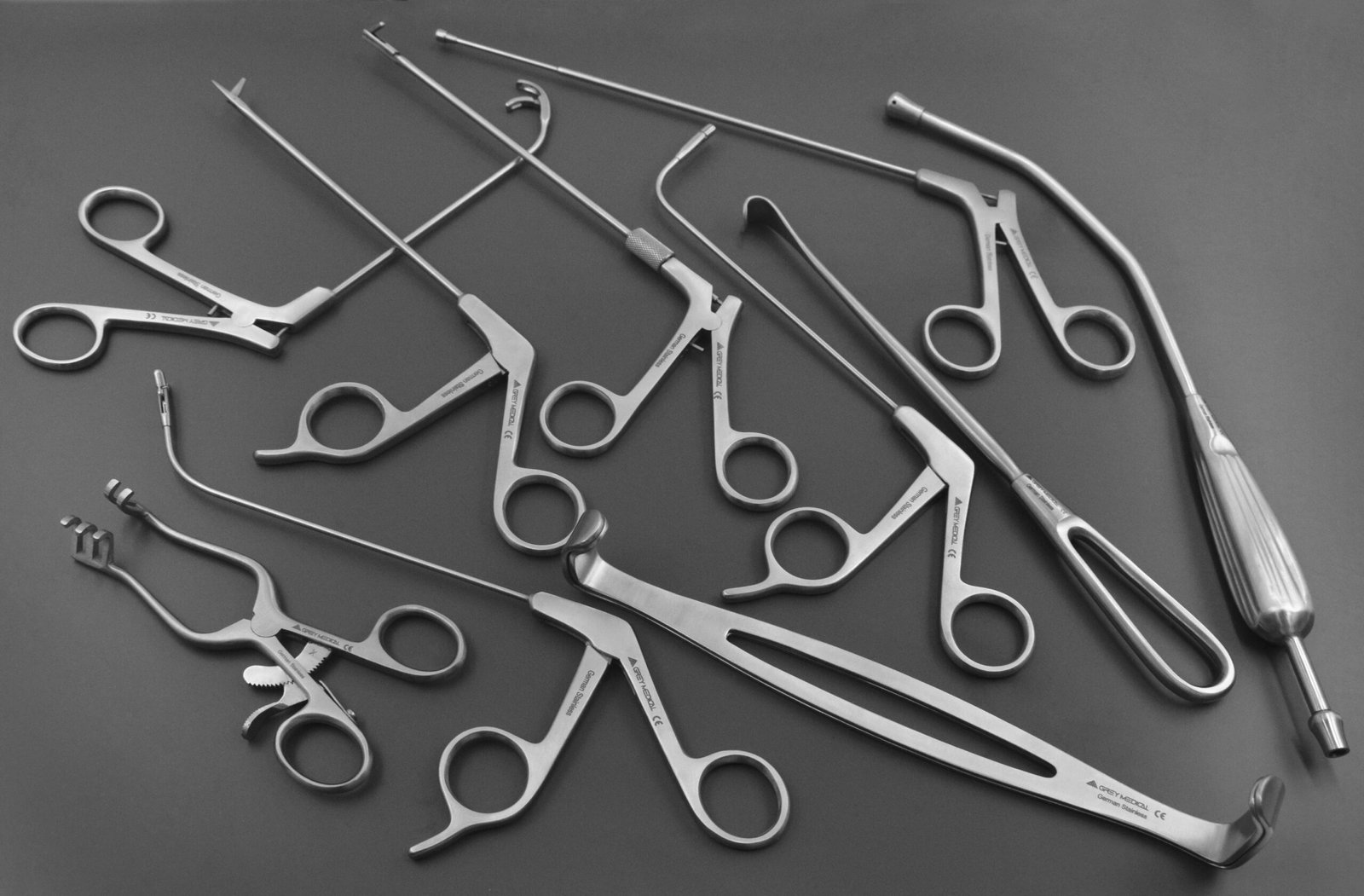
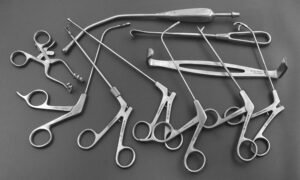

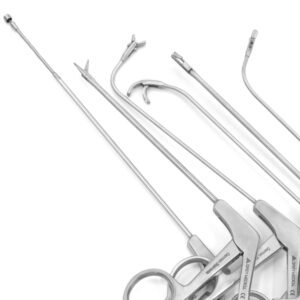

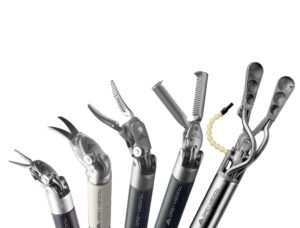
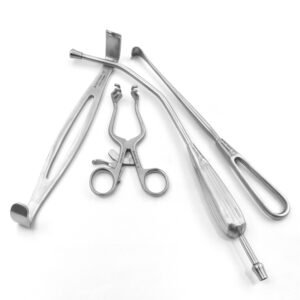
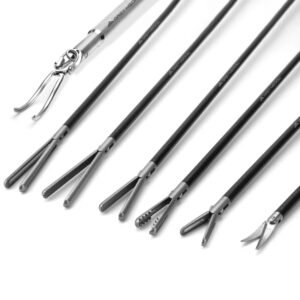

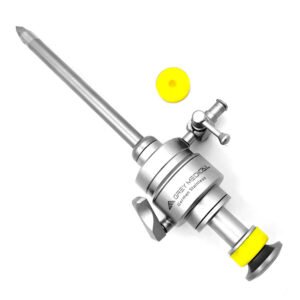
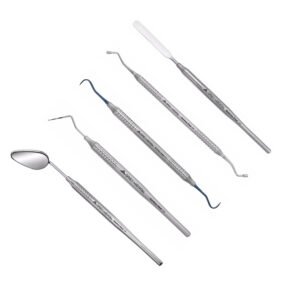
Leave a Reply